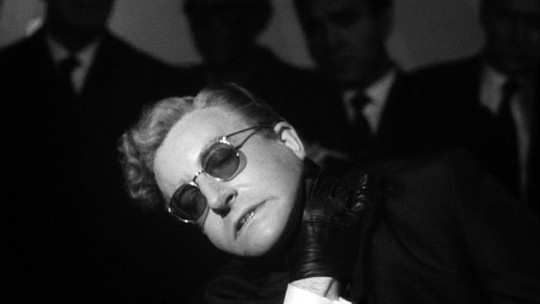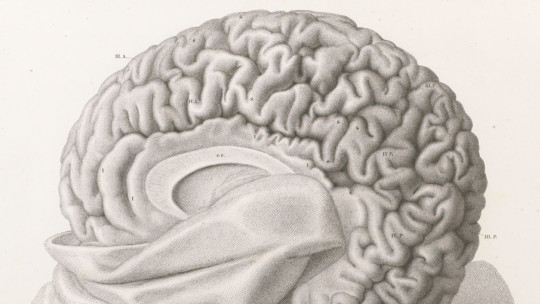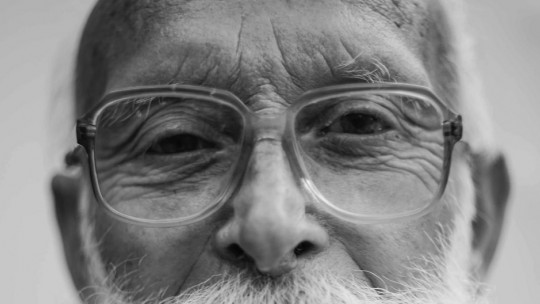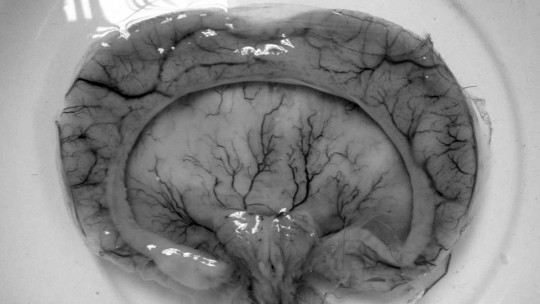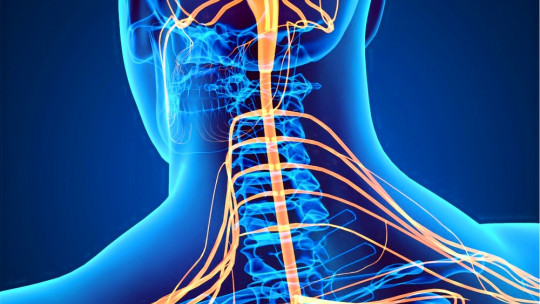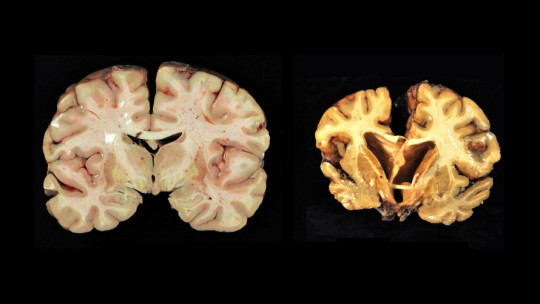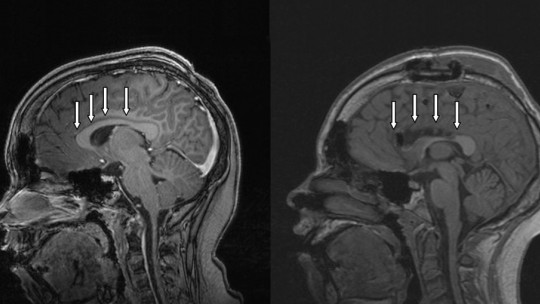
The corpus callosum is a structure composed of nerve fibers that acts as a connecting bridge between both cerebral hemispheres.
When damaged by injury or illness it can cause corpus callosum disconnection syndrome a serious neurological disorder that causes numerous sensory and motor alterations.
In this article we explain what corpus callosum disconnection syndrome consists of, where the term comes from, what its causes are and the main signs and symptoms caused by this disorder.
Corpus callosum disconnection syndrome: what is it?
Corpus callosum disconnection syndrome, also called Sperry syndrome, is a disorder that occurs due to injury to the corpus callosum, a structure of nerve fibers that connects both cerebral hemispheres. The disconnection that occurs between one side of the brain and the other causes in the patient a series of clinical signs and symptoms that constitute the “disconnection syndrome.”
The effects of interhemispheric disconnection were initially investigated by the German neurologist, Carl Wernicke, who predicted the existence of aphasic disconnection syndrome, which occurred as a result of severing the connections between the posterior and anterior areas of the cortical structures responsible for language.
Early in the last century, German psychiatrist Hugo Liepmann also studied the disconnection principle extensively with respect to the idea that some apraxias (neurological disorders characterized by the inability to carry out purposeful, learned, or familiar movements) could be caused by this phenomenon.
Starting in the 1950s, Roger W. Sperry and his colleagues investigated the effect of disconnecting the corpus callosum in animals, specifically cats, showing that These could appear indistinguishable from those who were healthy in terms of their behavior in most tests and in training conditions.
However, Sperry’s studies revealed that animals, under certain training procedures, had significant deficiencies; so that, if sensory information were allowed to have separate access to each cerebral hemisphere, it would be demonstrated that each of them has separate perception, learning and memory processes.
After studies in animals, Norman Geschwind, Mishkin and other behavioral scientists began to investigate the effect of disconnection (intra- and interhemispheric) in humans, building models of disconnection syndromes that demonstrated the existence of a functional and structural interdependence between different neocortical regions
Physiology and functions of the corpus callosum
The cerebral cortex is interconnected by three types of nerve fibers: projection fibers, which include ascending and descending fibers that go back and forth from the neocortex to other regions such as the trunk and spinal cord; association fibers, which include short and long fibers that connect different areas of the neocortex that are distant from each other; and the commissural fibers, which connect the cerebral hemispheres, such as those of the corpus callosum, among others.
The neurons of the corpus callosum exert their action, both inhibitory and excitatory, through interneurons Through the corpus callosum, the information generated in one hemisphere flows to the other and the different responses that occur when they are activated simultaneously are coordinated. Each cerebral hemisphere is capable of locally and selectively modulating the functioning of the homologous regions on the opposite side.
The corpus callosum participates in numerous functions; for example, in the transfer of sensorimotor information; in the transfer of semantic information by verbalization (left hemisphere) of an object that has been touched using the left hand (right hemisphere); or in the transfer of learning.
In this sense, various studies have shown that each hemisphere can learn to discriminate visually from the information that reaches the contralateral hemisphere However, this learning disappears after the injury or commissurotomy occurs.
Causes
Corpus callosum disconnection syndrome It can be due to multiple causes that include injuries to this brain structure infarcts (in the posterior or anterior cerebral artery or affecting the transcallosal fibers), craniocerebral trauma (edema, contusions, hematomas or axonal damage), tumors, malformations and neurological disorders such as Marchiafava Bignami disease.
Symptoms and signs
In relation to the clinical signs and symptoms that a disconnection syndrome can cause, these can be divided into two groups: acute ones, which are observed within the first days or weeks after disconnection; and chronic ones, which appear after 6 months of the injury and can be detected through methods such as dichotic listening and tachistoscope. These are the most common:
Acute signs and symptoms
Among the most common signs and symptoms of corpus callosum disconnection syndrome are the following:
Chronic signs and symptoms
These are the most common chronic signs and symptoms that appear after 6 months after disconnection of the corpus callosum:
Split brain
The research of Roger Sperry and Michael Gazzaniga with patients who present an interhemispheric disconnection due to lesions in their corpus callosum, have shown that These people seem to experience a split of consciousness: The left and right sides of your brain appear to be “aware” and able to respond independently to stimuli.
Since this phenomenon began to be studied, it has been assumed that “split-brain” people can report seeing a stimulus in their left visual field, but only using their left hand, not their right. And they can report a stimulus in their right visual field only with their right hand, but also verbally. This phenomenon occurs because Language is generally found in the left hemisphere of the brain and this hemisphere receives visual information from the right visual field.
However, a recent study carried out by Pinto et al. has revealed evidence that split-brain patients are able to report the presence of stimuli in the left or right visual field using either hand, and they can also do so verbally. These new findings suggest that cortical disconnection between hemispheres does not appear to lead to two “independent conscious agents” within the brain.
However, the patients presented certain deficits, such as the inability to state whether two stimuli presented on opposite sides of the visual field were the same or different, which suggests that, although the interhemispheric disconnection does not seem to affect their consciousness, the transfer of information between cerebral hemispheres was altered

